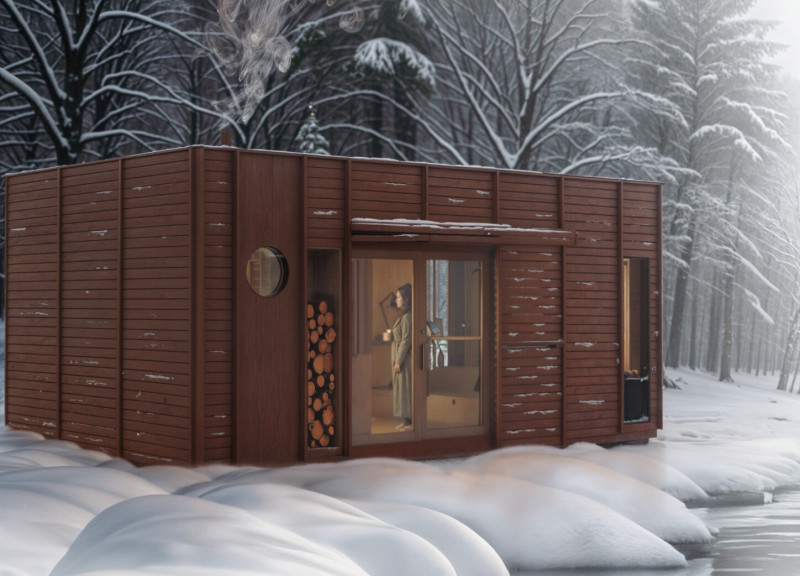5 key facts about this project
At its core, this project serves a multifaceted role, functioning not only as a physical structure but also as a community hub. It addresses critical needs of its users while promoting interaction and engagement among various community groups. The design emphasizes inclusivity, catering to diverse activities that foster social connectivity. This balance between function and community integration is a central theme that resonates throughout the architectural narrative.
The exterior façade reveals a coordinated use of materials, combining reinforced concrete and sustainably sourced timber with expansive glass elements. This careful selection illuminates the architectural vision's commitment to durability while enhancing energy efficiency. Large, strategically placed windows offer expansive views of the surroundings, creating a connection between indoor and outdoor environments. This transparency invites natural light and promotes a welcoming atmosphere, reflecting the desire for spaces that nurture both users and environmental integrity.
One of the project’s notable features is its innovative roof design. The rooftop incorporates green elements, including living roofs that support biodiversity while providing insulation and reducing stormwater runoff. This design not only contributes positively to the ecosystem but also serves as an educational feature, demonstrating sustainable practices in architecture. The integration of outdoor spaces encourages occupants to engage in recreational activities, contributing to overall well-being.
Interior spaces are structured with flexibility in mind, allowing for various configurations to accommodate different uses. Open floor plans create a sense of continuity, fostering an atmosphere conducive to collaboration and creativity. Meeting areas and communal spaces are thoughtfully positioned to facilitate spontaneous interactions, embodying the architectural intention of connecting people. Additionally, sound insulation and natural acoustics have been prioritized, ensuring each area remains functional while allowing for dynamic use.
The project engages with its cultural context through thoughtful design choices. Elements of the local architecture are woven into the project, establishing a dialogue between the new structure and its historic surroundings. For instance, the use of local stone for cladding not only resonates with the regional material palette but also speaks to the history and identity of the place. Such meticulous detailing in material selection highlights the architects' commitment to creating a space that feels intrinsic to its location.
In terms of sustainability, the project employs advanced building technologies that enhance energy efficiency. Solar panels and rainwater harvesting systems have been incorporated, allowing the structure to minimize its environmental footprint. These measures are not merely add-ons but integral components of the design, reflecting the architects' vision of responsible and conscious building practices.
The overall design embodies a unique approach by prioritizing both functionality and the enhancement of the user experience. The seamless transition between indoor and outdoor spaces enhances the feeling of openness, while strategically placed landscape elements provide intimate gathering spots for users. This thoughtful arrangement encourages a sense of belonging and community ownership over the space.
The architectural narrative of this project is one of thoughtful innovation. Each detail – from the carefully chosen materials to the flexible interior configurations – contributes to a cohesive vision that respects both the environment and the community it serves. Readers interested in delving deeper into the intricacies of this architectural endeavor are encouraged to explore the comprehensive project presentation, which includes architectural plans, sections, and design concepts that vividly illustrate the intention behind this distinctive architectural work. Through a closer look at these elements, one can gain a fuller appreciation of the architectural ideas that have shaped this project into a vital part of its community.


























